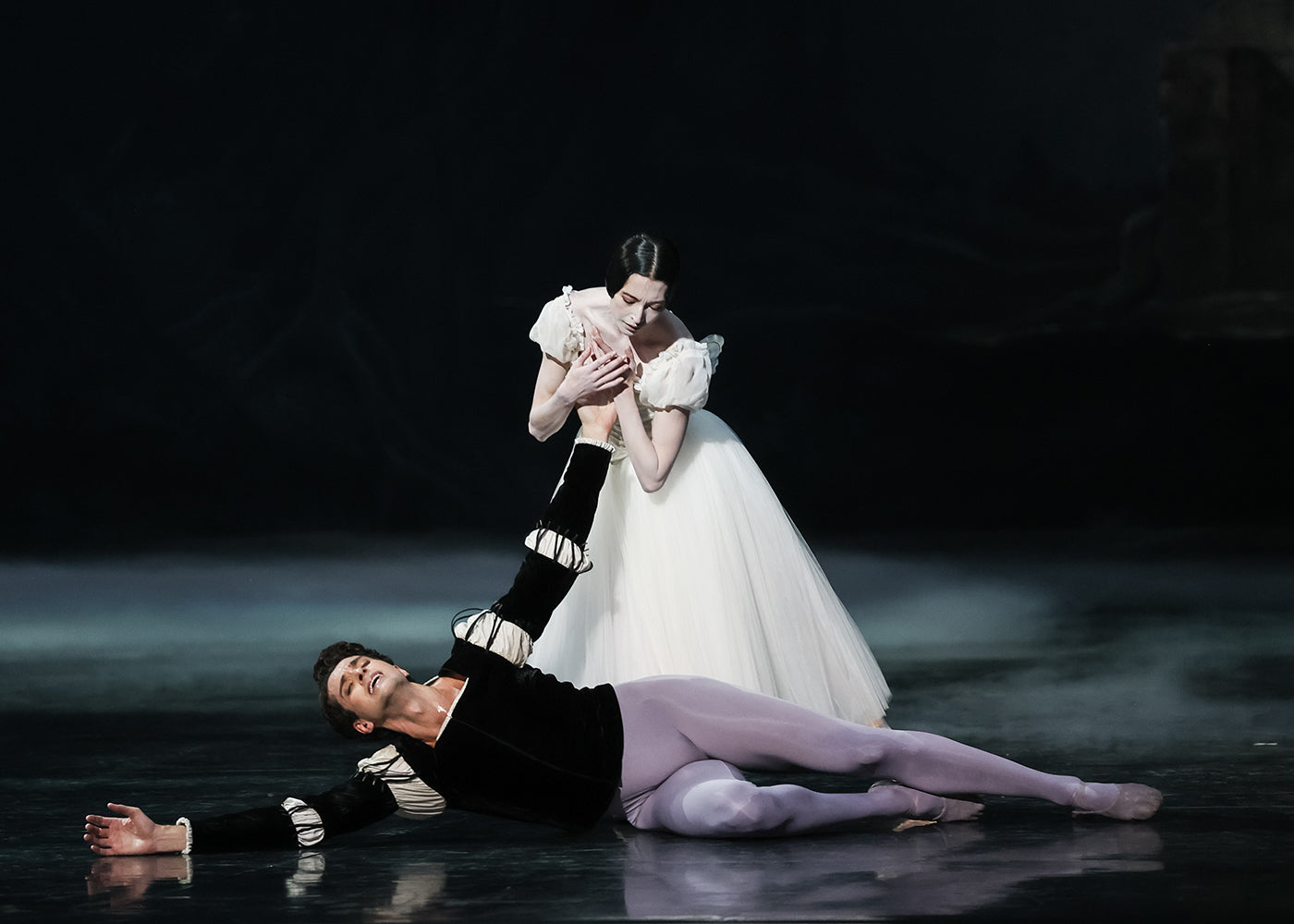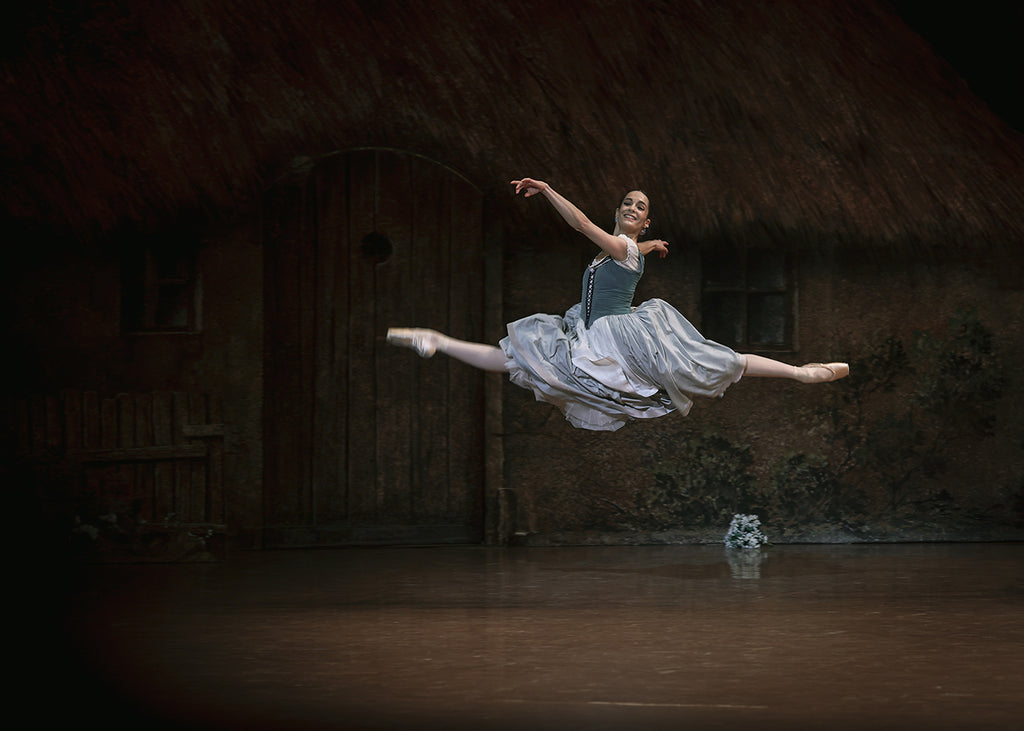The libretto, written by Théophile Gautier, tells the story of a simple peasant girl from a Rhineland village who falls in love with Loys, a nobleman visiting the countryside in disguise. Through the meddling of Hilarion, her rejected suitor, the truth is revealed: Loys is in fact Albrecht, a nobleman already betrothed to a lady of the court. The shock drives Giselle to madness, and she dies of a broken heart. In the second act (a true act blanc), she is welcomed by Myrtha and her obedient army of Wilis—spirits of betrayed brides who compel men to dance until they die. While Hilarion is not spared, Albrecht is saved by Giselle’s enduring love and survives until dawn, returning to his mortal world as she fades back into eternity.
“Giselle” was first performed on June 28, 1841 at the Paris Opéra—then the Académie royale de Musique, housed in the theatre on the rue Le Peletier—with Carlotta Grisi and Lucien Petipa dancing Giselle and Albrecht, and Jean Coralli officially credited as sole choreographer. Yet we know that Jules Perrot also contributed his genius, particularly to Grisi’s dances, which made her a celebrity after the première. The production performed this season at the Opéra is the choreographic adaptation created by Patrice Bart and Eugène Polyakov in 1991, commissioned by Patrick Dupond to mark the 150th anniversary of the ballet. Its magnificent scenographic framework, enriched with costumes recreated from Alexandre Benois’s designs, together with the excellence of the corps de ballet and the invisible choreographic hand of the beloved Bart, who passed away at the start of this run, all combine to form an alchemical, near-perfect blend: an unmissable performance.
The Opéra Garnier was charged with anticipation on the night of 17 October, when Reece Clarke, the Scottish guest principal from the Royal Ballet, appeared as Albrecht opposite Hannah O’Neill as Giselle. It is unusual for the Paris Opéra, proud of its many étoiles, to invite a guest artist to dance such a defining role as Albrecht. The choice proved right, as the chemistry between the two was palpable: they share a remarkably similar way of dancing, refined and intensely focused on technique. Clarke exuded the effortless charm of a born romantic, capable of making women surrender with a single glance, and O’Neill, though not at her most rested that night, was radiant and joyful. Their pantomime and characterisation stayed within the bounds of tradition—polished, but somewhat restrained. In the rustic celebration of Act I, the peasants’ pas de deux saw Marine Ganio assured in her pirouettes and décalés, showing the confidence of experience in that role, which allows her to handle small setbacks with grace. Andrea Sarri was brilliant and precise, his batterie beautifully executed. This version adds a manège of jumps to the male variation, which he performed with impressive control.












comments